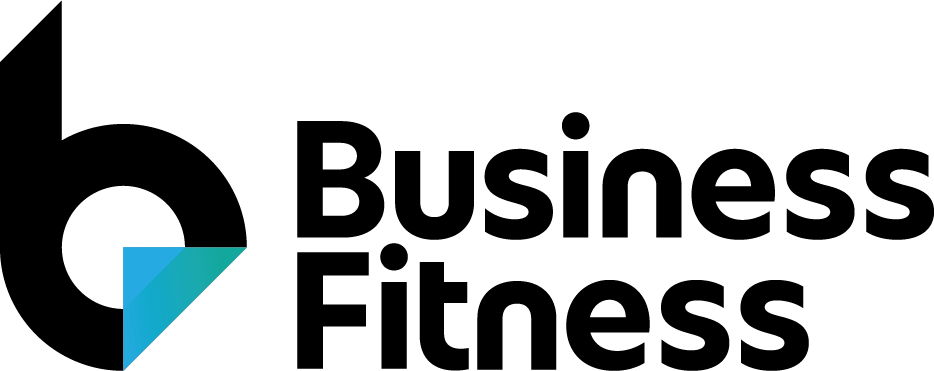Jobs can be created for a Client Group or a Client and can be standalone or include Deliverables and/or Tasks.
A job can be created in two ways.
1. +New Job on the top right corner of the Workflow Page.

2. Using the +New Job option within a client

Creating a Job
Select the Client and the Job Type. Depending on the type of Job chosen, you may be asked to select a Report Period Start and End.
Then press Continue.

On the next screen, you will be prompted to complete other details about the job.
Job Info
- Status - Default is Not Started
- Code - Optional
- Name of the Job - defaults from the Type of Job Selected
- Client - chosen on the previous screen
- Type - chosen on the previous screen
- Priority - defaults to Normal but can be changed to Low, High or Critical
- Value - you can optionally enter the value of the job
- Report Period Start and End - defaults from the previous screen
- Notes - an area to add additional information as needed
- Rollover notes when recurring job (ticking this box will allow any notes to roll over when the job is created for the next period) - see the article on Recurrence, which allows for the rollover of jobs.

Employee Roles
This area is where you complete the details of the Partner, Manager and Preparer for the Job. If these are not completed, users will default from the Partner and Manager attached to the client. When Tasks are added to the job, the default user field will be replaced by the people shown here. The Job Users can also be indicated here.

Timeline
The timeline shows the dates associated with the Job.
- Scheduled Date - defaults to today's date but can be changed
- Start Date - this date will be automatically populated when the Job Status is changed to In Progress or higher
- Due Date - user-defined date
- Completed Date - this date will be automatically added when the Job Status moves to Completed

Deliverables
When you select to add Deliverables, you can leave the client (which defaults from the Job or change to another entity). You will then need to give it a Deliverable Type.

On the next screen, you are prompted to complete the remainder of the information:
- Status - defaults to Not Started
- Code - Optional
- Name - defaults from the deliverable type but can be changed
- Client - defaults from the previous screen
- Deliverable Type - defaults from the previous screen
- Value - if required, assign a value to this Deliverable
- Preparer - Select the Preparer for this Deliverable (defaults to the Preparer on the Job)
- Notes - Add any notes as required
- Timeline - Add the Due Date for this Deliverable

Once all Deliverables have been added, you can move on to the Tasks area.

Tasks
Tasks can be added manually or created from the Template Tasks.

To add manually, choose + Add and complete the following details:
- Name of the Task
- Assignee
- Due Date
- Notify User On Active
- Notify the Client on Active
- Set the Job Status for when this Task is Completed.

Template tasks can be added from + Add Template Tasks. The tasks will be defaulted from the Tasks associated with the Job Type.

Recurrence - see separate article on this topic.
